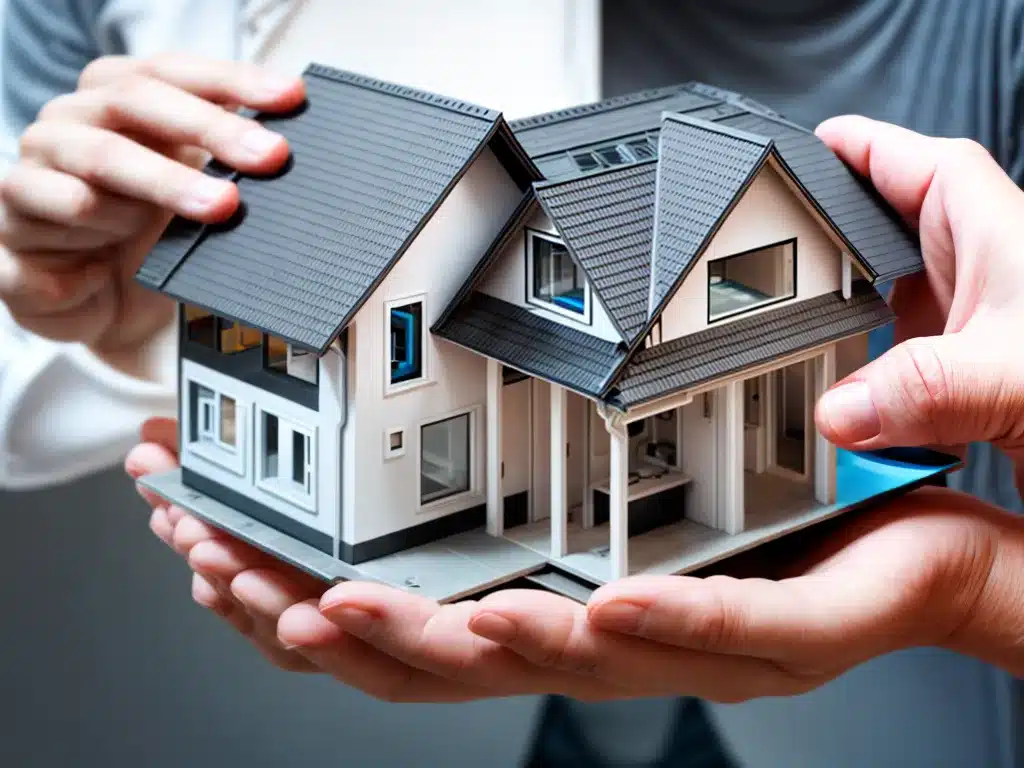
Building a Connected Home with IoT Devices
Introduction
The Internet of Things (IoT) is transforming homes around the world. IoT refers to the growing number of internet-connected devices and appliances that allow us to monitor, control, and automate various aspects of our home. As I build a connected home with IoT devices, there are several key factors I must consider:
Selecting IoT Devices
Choosing the right IoT devices is essential for building an effective connected home. Here are some of the most useful IoT devices to consider:
Smart Speakers
- Smart speakers like the Amazon Echo or Google Home are great hubs for controlling other IoT devices through voice commands.
- They can also play music, provide information, set timers/reminders, and more.
- Key features to look for include compatibility with other devices, audio quality, and privacy controls.
Smart Lighting
- Smart light bulbs like Philips Hue can be controlled and automated remotely. This allows me to set lighting schedules, themes, etc.
- Smart switches can make “dumb” lights controllable. Look for compatibility with voice assistants, scheduling/automation options, and energy monitoring.
Smart Thermostats
- Smart thermostats like Nest allow temperature control via smartphone and integrate with other smart devices.
- They enable energy savings through scheduling and automating heating and cooling.
- Key features are wi-fi connectivity, smart learning, remote access, and compatibility with smart home platforms.
Smart Appliances
- Major appliances like refrigerators, ovens, washers, etc are available with smart capabilities.
- This allows remote control, monitoring, and integration with other smart devices.
- Consider connectivity options, energy efficiency, automation features, and overall functionality.
Smart Security
- Outdoor security cameras, video doorbells, motion sensors, and smart locks provide home security and monitoring.
- They enable me to check my home remotely and get alerts about activity/intruders.
- Look for video/audio quality, field of view, smart notifications, and integration with other IoT devices.
Developing a Connected Home Ecosystem
Here are some tips for developing an effective connected home ecosystem with my IoT devices:
-
Choose a home automation platform – Smart home platforms like Samsung SmartThings, Amazon Alexa, or Google Home allow different devices to be controlled through one system.
-
Consider device compatibility – Ensure devices work with your chosen platform and with each other. Mixing ecosystems can cause fragmentation.
-
Connect devices to a unified Wi-Fi network – For stability, connect all devices to a strong mesh network instead of separate Wi-Fi networks.
-
Place devices strategically – Put security cameras, motion sensors, doorbells, etc. in optimal locations for monitoring entry points and high-value areas.
-
Automate routines and schedules – Program lights, thermostats, appliances, etc. to operate automatically based on routines, schedules, or triggers.
-
Organize devices into groups – Group devices (like lights) into rooms or zones so they can be controlled more seamlessly.
Key Connected Home Use Cases
Here are some of the most valuable ways I can utilize my connected home:
Energy Savings
- Smart thermostats and appliances allow me to save significantly on energy costs through automated scheduling and usage monitoring. I can optimize heating/cooling when away.
Home Monitoring
- Security cameras and sensors provide real-time alerts and visibility into any activity/emergencies occurring in or around my home when I’m away.
Convenience
- I can use voice commands or my smartphone to instantly turn on lights, adjust temperature, unlock doors, find misplaced items with trackers, and control many other tasks.
Entertainment
- Smart speakers allow me to play music throughout my home. Smart TVs can stream entertainment seamlessly. Everything can be automated based on my mood and routines.
Safety and Security
- In addition to security cameras, smart smoke detectors, water leak sensors, and other devices provide alerts that can prevent damage and disasters when I’m not home.
Accessibility
- Automating tasks and controlling devices through voice makes homes more accessible for elderly or disabled occupants. Smart hub devices can also remind people to take medications.
By carefully selecting the right mix of IoT devices for my needs and setting them up thoughtfully, I can enjoy the convenience, security, and peace of mind offered by an intelligently connected home.












